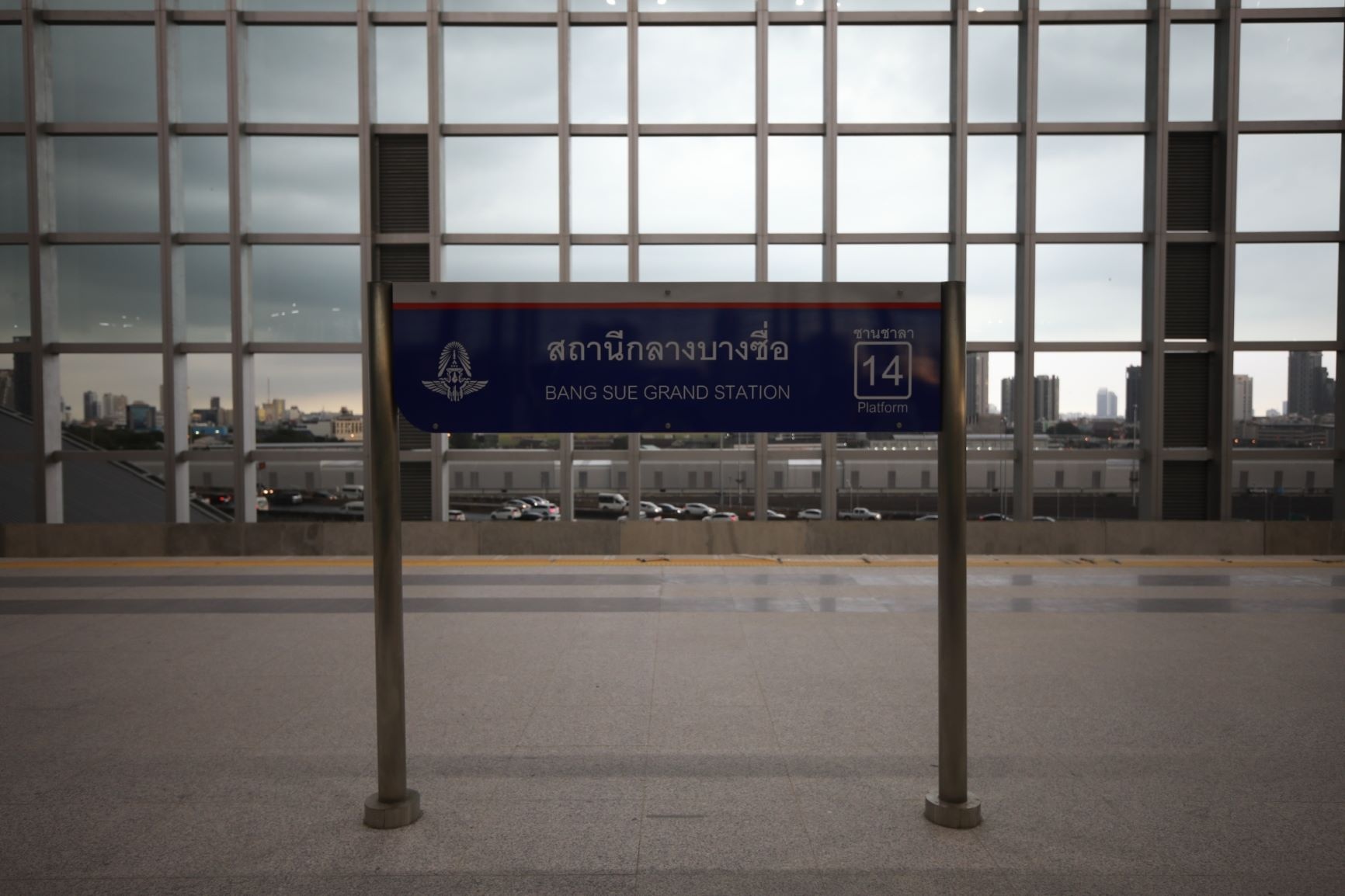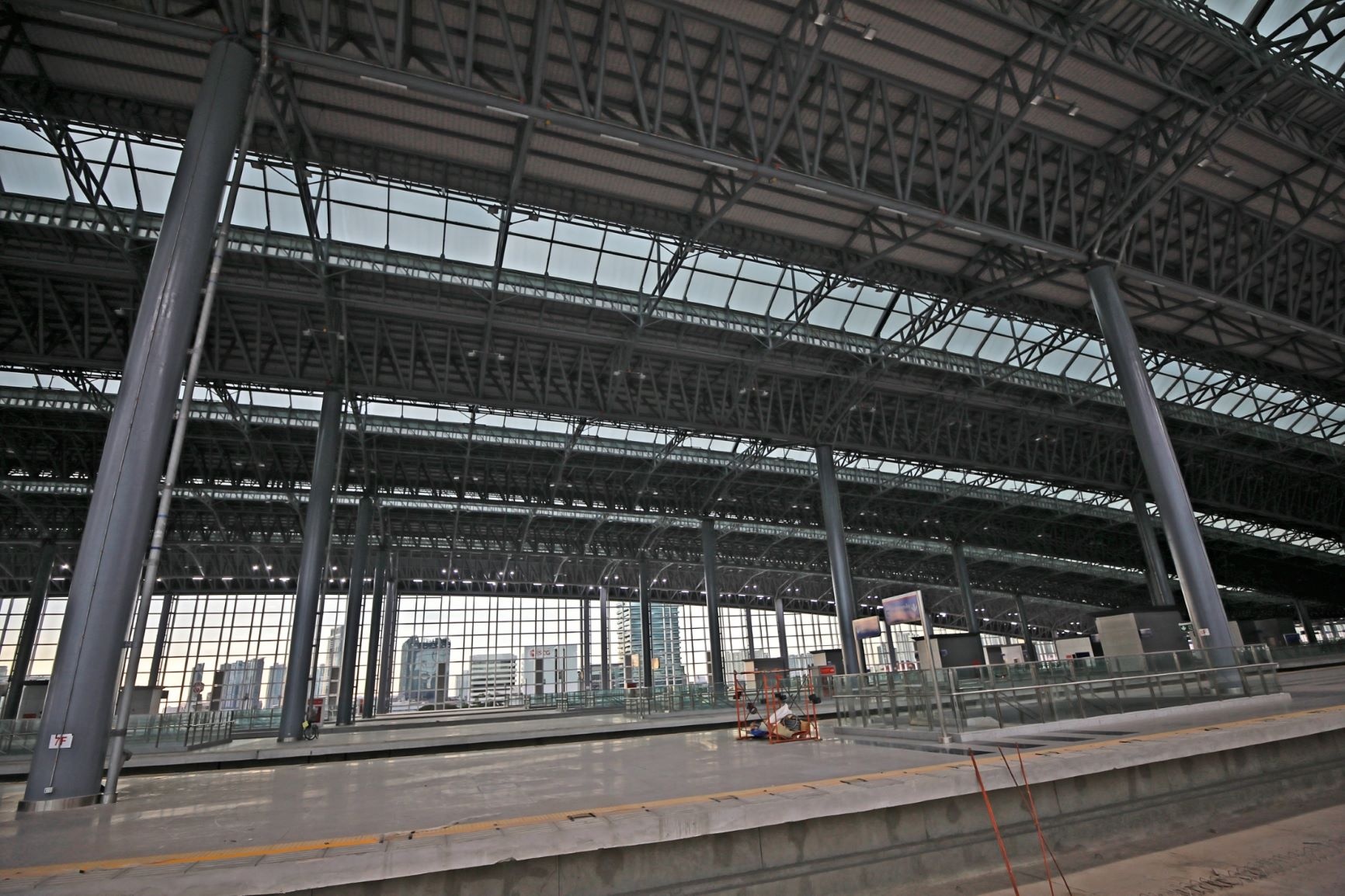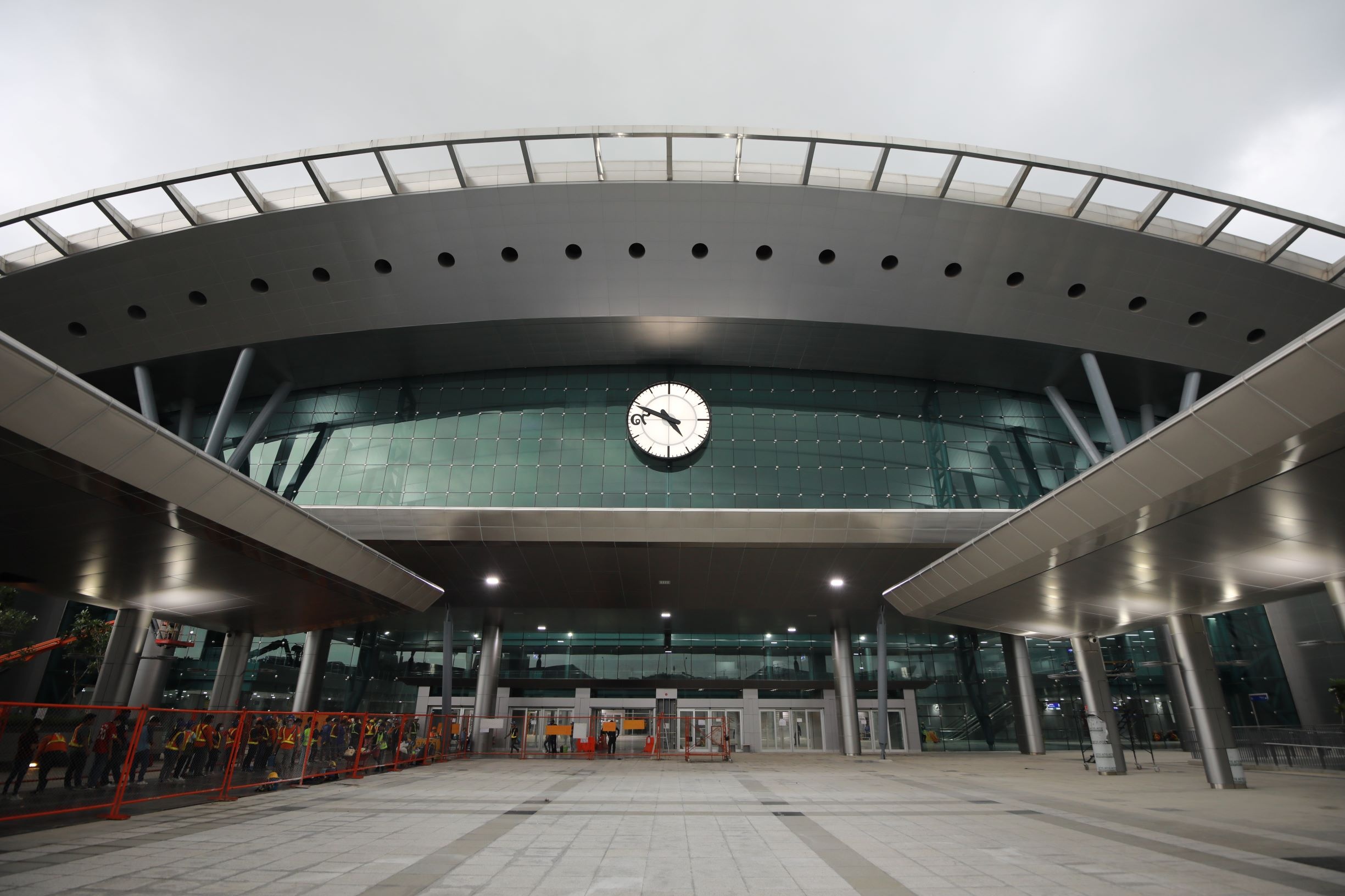The Next Great Leap in Thailand’s Transportation Infrastructure
The Next Great Leap in Thailand’s Transportation Infrastructure
วันที่นำเข้าข้อมูล 21 Dec 2020
วันที่ปรับปรุงข้อมูล 29 Nov 2022




Its function is explicitly hinted from its exterior that has a New York’s Grand Station-like vibe. The station is Thailand’s next mega infrastructure project which will not only help ease Bangkok’s infamous traffic congestion, but also support the country’s role as a regional transportation hub. It is positioned to strengthen Thailand’s railway system and its connections with the regional transportation network, hence enhancing economic growth. This grand station is on its way to becoming another top attraction in Bangkok – a new landmark with an external design inspired by Hua Lamphong Station but with a modern twist recognizable from miles away.
If there is one word to describe the rationale of this project—it is mobility. Thailand has great ambitions to use its railway network to transport passengers and goods more effectively and more economically, particularly to lower its logistics cost which stands around 13.6% of GDP in 2018. Since the inception of the railway system in Thailand in 1893, this is probably the first bold move to upgrade the system at a mega scale.
Bangsue Grand Station is just one piece of the whole jigsaw puzzle, albeit a major one. It will replace the grande dame Bangkok Station or Hua Lamphong as the capital’s railway hub with a much larger capacity and seamless connectivity to match Thailand’s regional ambitions. Besides intercity trains, it will also serve underground, commuter and high-speed trains that link Suvarnabhumi, Don Mueang, and U-Tapao international airports. The 220 kilometres train route between Don Mueang in Bangkok and U-Tapao in Rayong province could be traveled in under an hour, ready to transport Bangkokians to hit the Rayong beach in only a heartbeat.
To date, the external construction of the station has already been completed, and only interior tweeks are required for the station to be fully functional by 2021. The station covers an area of 1,280 acres, and is set to be the largest railway station in Southeast Asia. Standing four stories high, with 12 platforms and 24 tracks, Bang Sue Grand Station can accommodate 26 to 40 trains at the same time, with a daily passenger capacity as high as 600,000 persons or ten times more than its century old predecessor Hua Lamphong Station. Think about it. More trains means less waiting time and faster travels.
Designed to be environmentally friendly, the station will have at least 30% green spaces and according to Voravut Mala, former Acting Governor of the State Railway of Thailand, it will be “pollution free since it will serve only electric trains.”
Initially, the station was planned as an extension of the Red Line Mass Transit System in the national Infrastructure Development Plan (2015-2022). Later on, authorities expanded the plan, transforming the main terminus platform to accommodate various types of rail services. Similar to Japan’s Tokyo Station and Taiwan’s Taipei Main Station, Bang Sue Grand Station will act as a new transit hub primed with facilities for future installments of hi-tech equipment and system.
Once the high speed railway to U-Tapao is completed, it will facilitate travel between Bangkok and the Eastern Economic Corridor (EEC), a flagship project of Thailand to promote higher valued investments of upgraded industries that are more high-tech-oriented. It will also complement Thailand’s prominent tourism industry, as well as contribute to urbanisation and the decentralisation of cities, expanding economic opportunities beyond city walls.
People living in surrounding areas of Bangkok, the next generation of rail services will enable them to skip the traffic and hop on the ‘Red Line’ commuter trains. There are two routes in the Red Line; the north-south ‘Dark Red Line’ from Ayutthaya to Ratchaburi for a distance of 114.3 kilometres, and the west-east “Light Red Line” connecting Nakhon Pathom with Chacheongsao in 127.5 kilometres.
For those looking forward to hopping onto the first high-speed train, the journey also starts at Bang Sue Grand Station, as the station will offer a platform for extended high-speed railway projects in the upcoming decades.
The first high-speed train project to be materialised is the route from Bangkok to Nong Khai, a Thai-Sino collaboration to connect Thailand with Lao PDR and China. The first phase from Bangkok to Nakhon Ratchasima spanning 250.77 kilometres is under construction right now. The rest of the route linking Nakhon Ratchasima with Nong Khai covers a distance of 356.1 kilometres. Once completed, this project will enable travellers from Bangkok to reach Nong Khai in just three hours’ time instead of the usual 11-hour train ride or the 8-hour drive on the road.
Consequently, Bang Sue Grand Station and Thailand’s railway network will enhance ASEAN intraregional connectivity and could, in the foreseeable future, be extended to link with China’s Belt Road Initiative (BRI) or other prospective bilateral or regional logistical projects.
The plan for Bang Sue Grand Station is not limited only to trains and tracks. Inspired by the success of Japan in urban development based on railway, Thailand hopes to promote Bang Sue Grand Station as a catalyst for developing a New Central Business District around the station. The State Railway of Thailand (SRT) plans to adopt the Transit Oriented Development (TOD) model into the surrounding the area to draw in more investment in business complexes and residential units.
This infrastructural elevation will undoubtedly generate a new stream of jobs and income for the local economy. At the same time, the infamous Bangkok traffic will hopefully ease as a result of a more efficient commuting network, subsequently decreasing the number of city dwellers as they spread out to reside outside city areas.
Completion of this mega project is timely as Thailand and the world is facing a pandemic. Mass employment and business opportunities both domestically and regionally could offer a chance for the people and the economy to finally pick up and get back on track.
สถานเอกอัครราชทูต ณ กรุงเตหะราน
Office Hours: Sunday to Thursday, 08:30-12:00 and 13:00-16:30 (Except public holidays)